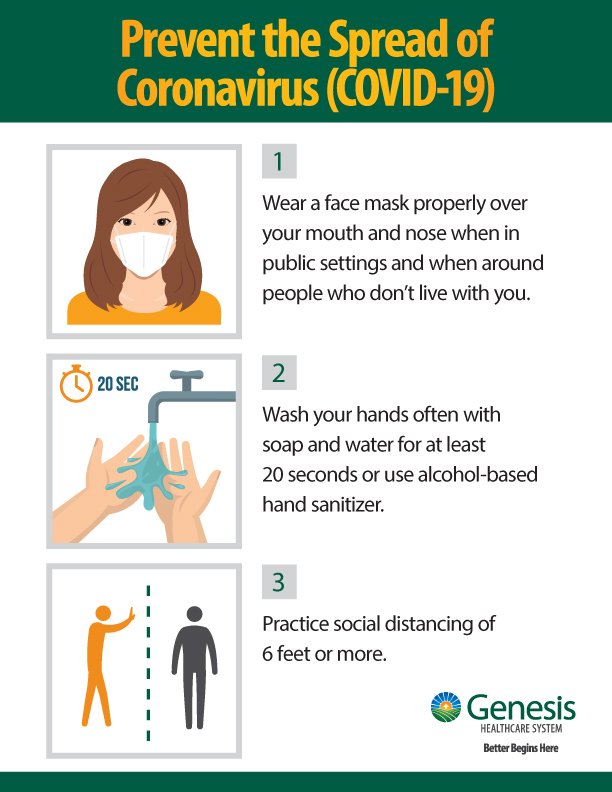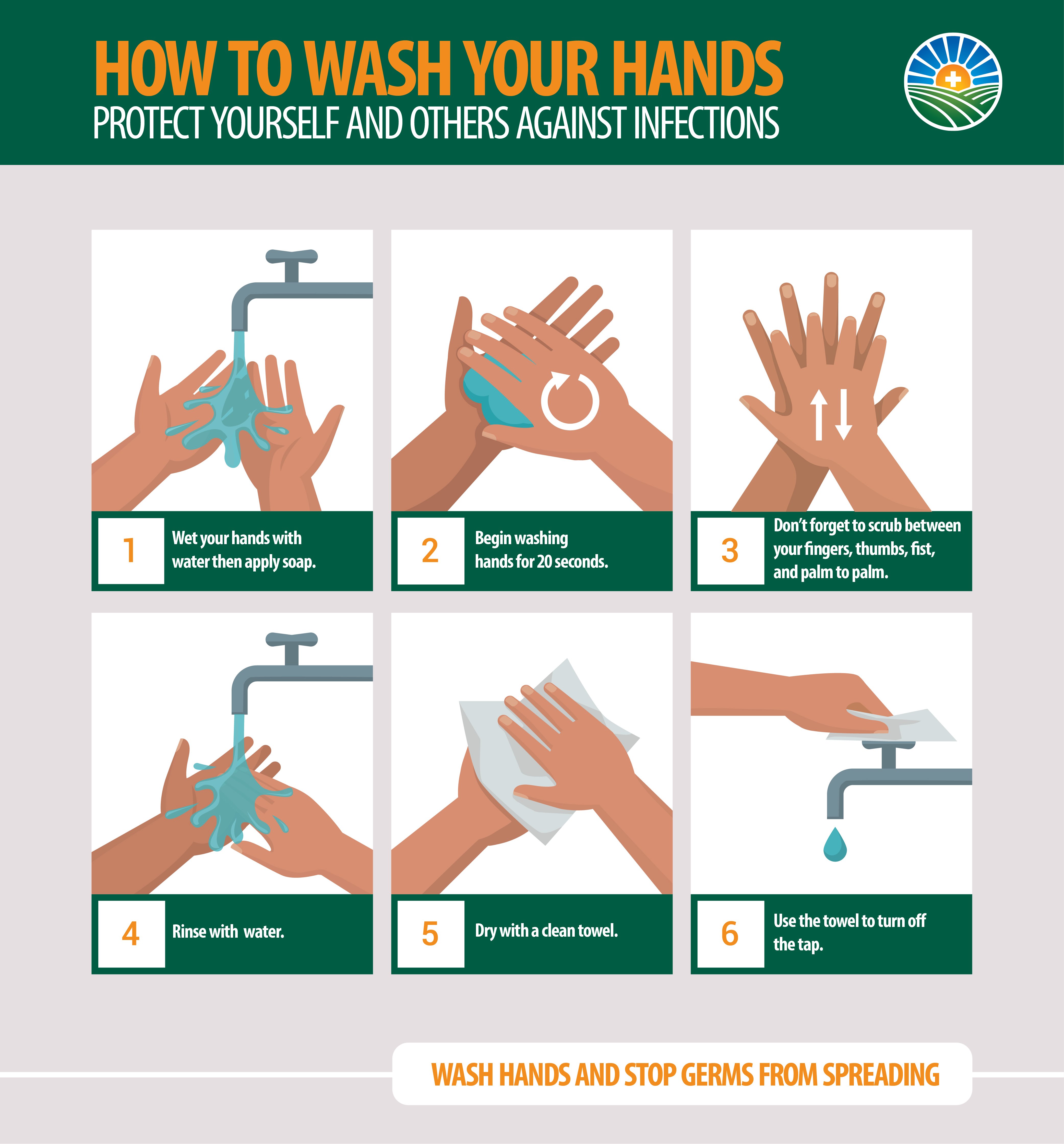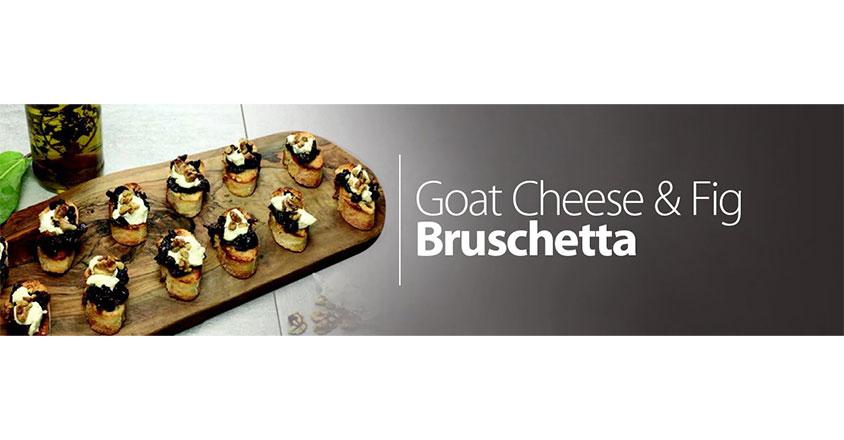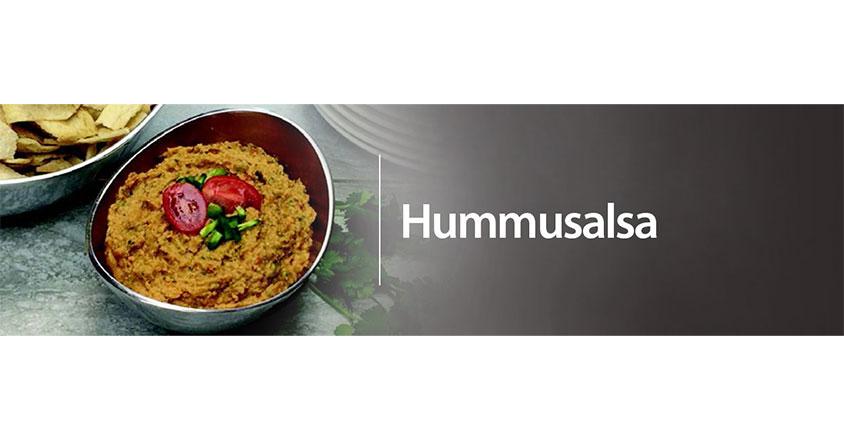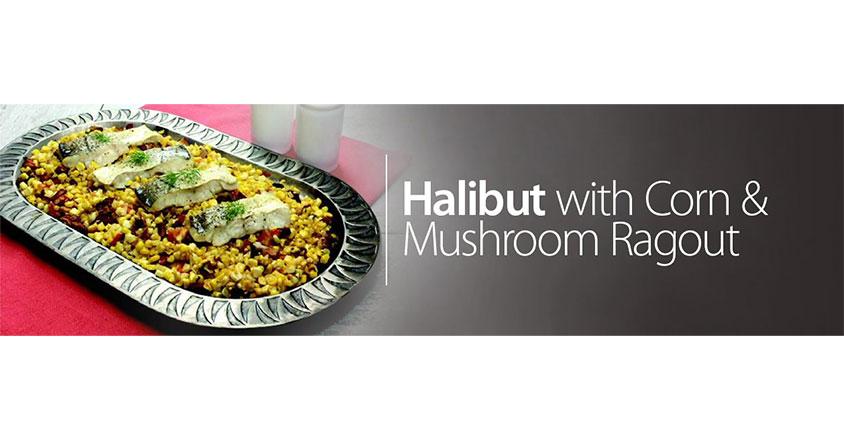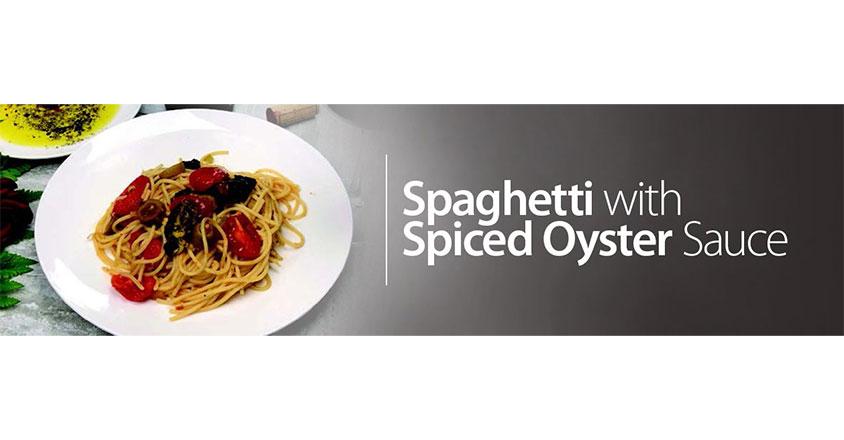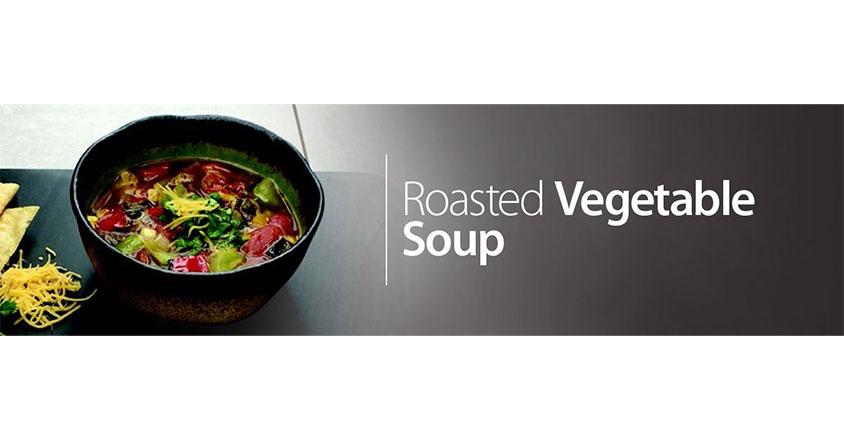Battling joint pain? You’re not alone
If you have joint pain, it might seem like there’s no relief from persistent aching, stiffness and swelling. But for the over 14 million people living with joint pain caused by arthritis, gaining the knowledge behind what causes the condition can provide the power to overcome it — and live an active, pain-free life.
While arthritis is the leading cause of disability in the U.S. — affecting more than half of all 60-year-olds — arthritis is actually not a single disease. In fact, the term is an informal way of describing around 200 conditions that cause joint pain or joint disease, and arthritis isn’t the only reason for aching joints.
“At about age 25, people have the highest quality and quantity of bone and the smooth, white tissue that covers the bones, or articular cartilage — then everybody declines to some degree due to the normal aging process,” explains Corey A. Jackson, D.O., orthopedic surgeon, Genesis Orthopedic Group. “Some people’s joint health declines faster than others, and there are many factors that will alter how quickly their condition changes.”
Top joint pain culprits
To help navigate the why and when of joint pain, it’s important to understand what may be causing the condition. Here are some of the top causes of joint pain you should know:
1. Osteoarthritis
As the most common chronic joint condition, osteoarthritis (OA) — or degenerative arthritis, or wear-and-tear arthritis — affects 27 million people in the U.S. The disease occurs due to thinning or destruction of the smooth cartilage that covers the ends of the bones, causing changes to the underlying bone. While OA mostly affect those over the age of 60, it can appear even in younger ages. And the risk of OA increases if you’re overweight or you’ve overused a joint through activities, such as sports. The most often OA-affected joints include the knees, hips, lower back and neck, fingers, base of thumb and big toe.
2. Rheumatoid Arthritis
Much less common than OA, rheumatoid arthritis (RA) is a long-term, progressive and disabling autoimmune disease. While RA usually affects the hands and feet first, it can occur in any joint causing inflammation, swelling and pain in and around the joints and other body organs. Often causing stiff joints, RA is estimated to affect over 1.3 million people in the U.S.
3. Osteoporosis
Often confused with osteoarthritis, osteoporosis is a very different condition. While OA is a disease of cartilage that causes joint problems, osteoporosis is a disease of the bone. A disorder characterized by decreased bone strength from reduced bone quantity and quality, more than 53 million people already have osteoporosis or are at high risk due to a low bone mass. Women over the age of 50 are the primary targets of osteoporosis; only 20% of cases in the U.S. are men. Osteoporosis causes a loss of bone tissue, leaving bones less dense and more likely to fracture. In addition to resulting in a loss of height and change in one’s posture, the condition can cause severe back pain.
Implanting pain relief
Whether it’s OA, RA or osteoporosis causing your joint pain, the first step to easing the ache is getting an orthopedic surgeon’s evaluation. “The cause of the pain may be something that can be treated very conservatively with medications, activity modifications or physical therapy with excellent relief,” Dr. Jackson says. “But, the decision for a joint replacement is almost exclusively secondary to managing debilitating pain.”
According to the American Academy of Orthopaedic Surgeons, hip, knee and other joint replacement procedures are among the most common elective surgeries in this country. While the average age of patients undergoing hip replacement surgery has declined from over 66 to just under 65, the average age for a knee replacement has also declined from over 68 to just under 65.
For those who are found to need a total joint replacement, numerous advances are effectively easing pain and restoring function, including:
• Quality of the implants and materials used — The combination of advances in prosthetic design and biomaterials improves regained motion, in addition to a joint’s length of life. Overall, today’s joints are lighter and stronger and last longer.
• Real-time computer “navigation” during surgery — A handheld computer navigation unit allows surgeons to be more precise in placing implants, to ensure the best fit and function. Genesis orthopedic surgeons use KneeAlign® during total knee replacement to provide real-time navigation and alignment information throughout your knee surgery. It works through sophisticated micro-sensors, deploying the same precision technology that keeps satellites and space stations in orbit and aircraft straight and level. “It’s like a handheld GPS navigation tool that ensures each joint replacement is patient-specific in terms of alignment,” says Dr. Jackson.
• Patient-specific scanning technology — An advanced and efficient suite of operating room products and technologies known as Arthrex Synergy OR® used at Genesis Orthopedic Services provides ultra-high definition images to let the surgeon know exactly where to make an incision, among other benefits.
Timing of joint replacement
While total joint replacement can be effective for an improved quality of life, it’s important to think of the surgery as an option only after all other rehabilitative options are exhausted, according to Dr. Jackson.
“If someone is functioning and their pain is controlled, a total joint replacement is not recommended. But, if all other conservative treatments aren’t effective to relieve pain and immobility, advances have made joint replacement a safe and effective option,” he says.
Genesis HealthCare System’s Health and Wellness content conveniently provides accurate and helpful information. Your health history and current health may impact suggestions provided through our Health and Wellness content. Although we hope this information is helpful, it is not a substitute for your doctor's medical advice. Before making any significant changes, please consult your doctor.
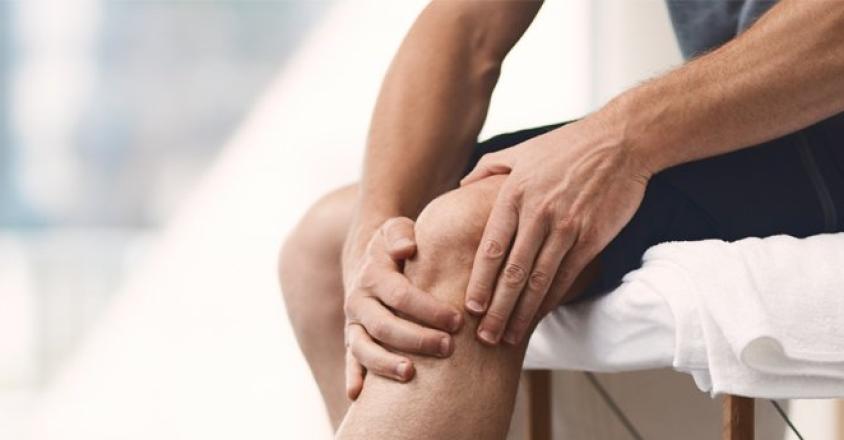
If you have joint pain, it might seem like there’s no relief from persistent aching, stiffness and swelling.

